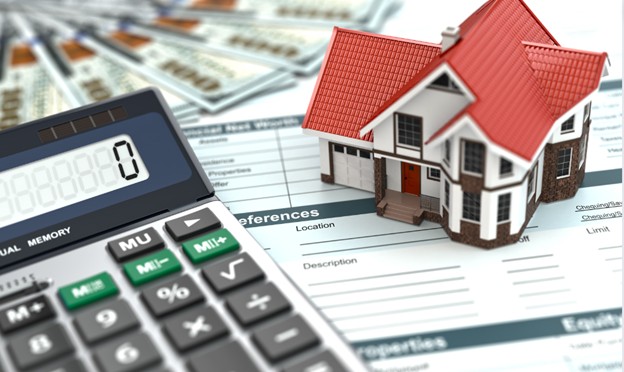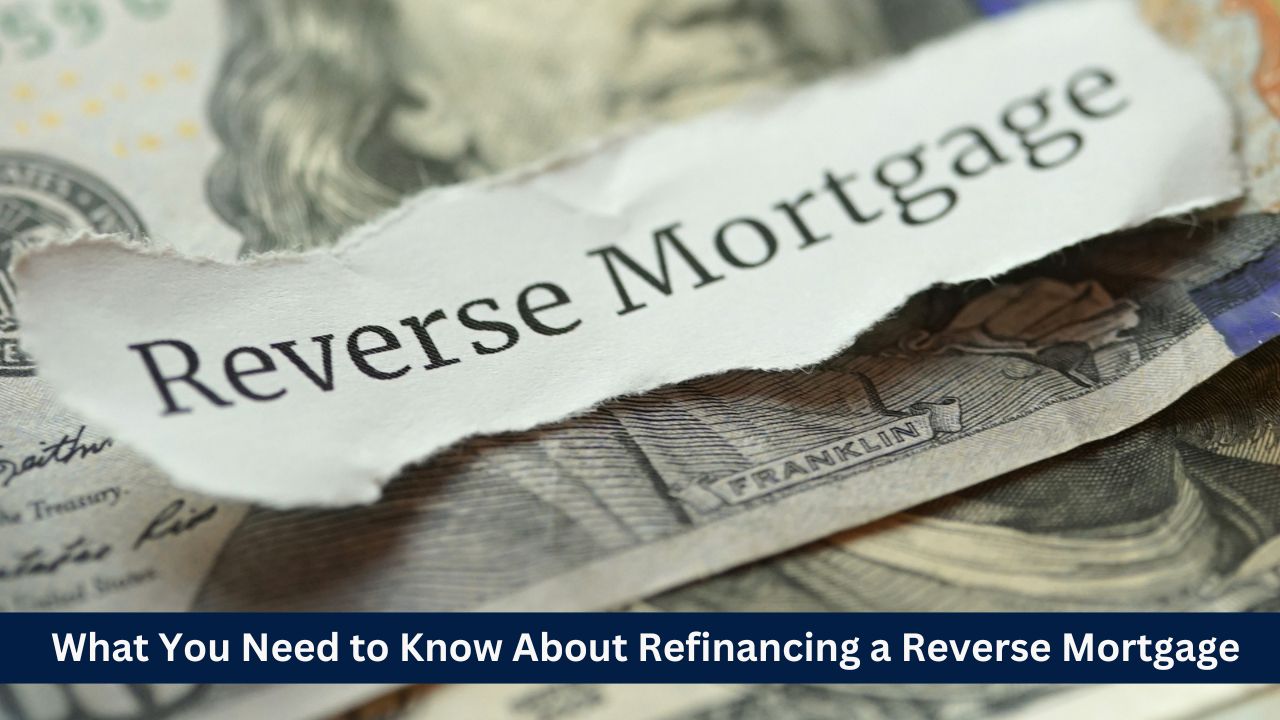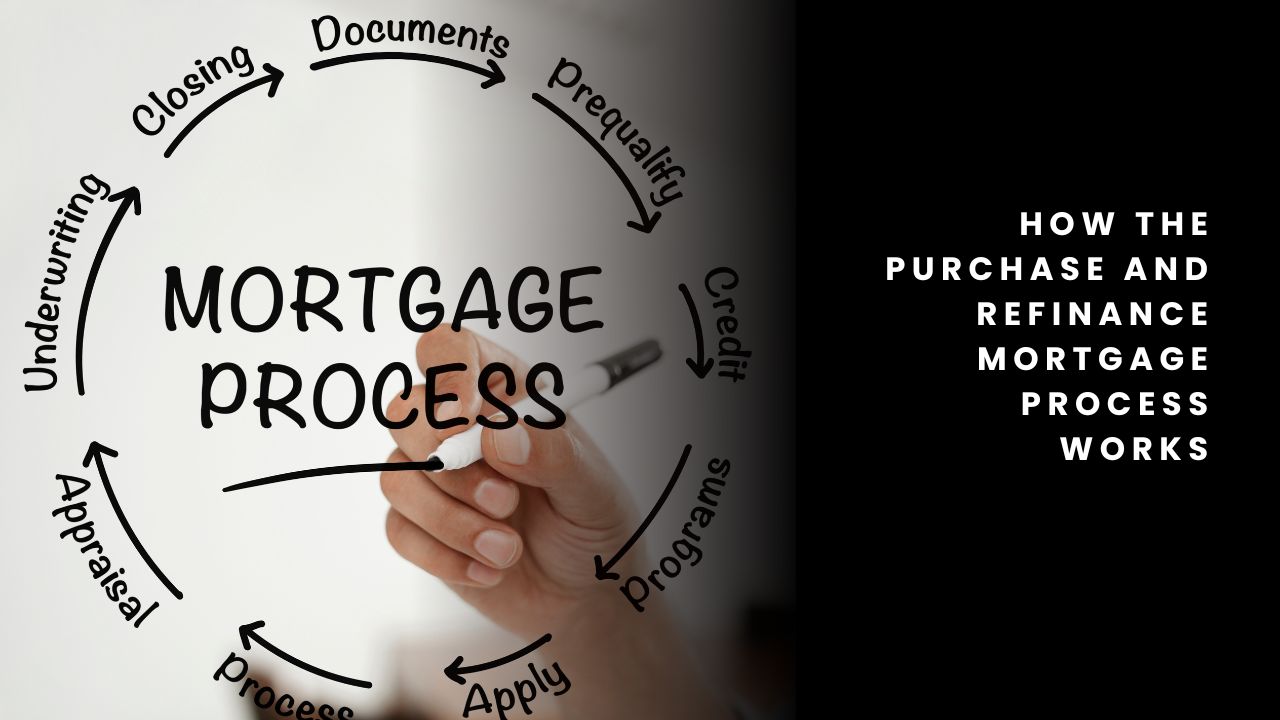 Knowing how to calculate mortgage payments can help you plan for homeownership and budget effectively. Several factors determine your monthly payment, including the loan amount, interest rate, and loan term. Here’s a step-by-step guide to understanding the process.
Knowing how to calculate mortgage payments can help you plan for homeownership and budget effectively. Several factors determine your monthly payment, including the loan amount, interest rate, and loan term. Here’s a step-by-step guide to understanding the process.
Key Factors in Mortgage Payment Calculation
Loan Amount – This is the total amount borrowed after the down payment. For example, if you’re purchasing a $300,000 home with a 20 percent down payment ($60,000), your loan amount would be $240,000.
Interest Rate – The cost of borrowing, expressed as a percentage. For example, a 4 percent annual interest rate means you’ll pay 4 percent of the remaining loan balance each year.
Loan Term – The length of time you will repay the loan. A 30-year mortgage means 360 monthly payments (30 years x 12 months).
Mortgage Payment Formula
The standard formula for calculating a fixed-rate mortgage payment is:
M = P [ i(1 + i)^n ] / [ (1 + i)^n – 1]
Where:
M = Monthly mortgage payment
P = Loan amount
i = Monthly interest rate (annual rate divided by 12)
n = Loan term in months
By substituting your specific loan details into this formula, you can determine your monthly payment.
Using a Mortgage Calculator
If you prefer a simpler approach, online mortgage calculators can quickly estimate your monthly payment. These tools allow you to adjust variables like the interest rate, down payment, and loan term to see how they affect your payments.
To use a mortgage calculator effectively:
• Enter your loan amount, interest rate, and loan term.
• Adjust inputs to compare different scenarios, such as increasing your down payment or choosing a shorter loan term.
• Ensure the estimated payment fits within your budget.
Once you have a payment estimate, consult a mortgage professional to explore your options. They can provide details on loan programs, closing costs, and pre-approval to help you move forward with confidence.
 If you have a reverse mortgage, you may be wondering whether refinancing is an option. The good news is that yes, you can refinance a reverse mortgage, and doing so may offer financial benefits depending on your situation. Here’s what you need to know about refinancing, including reasons to consider it, eligibility requirements, costs, and key factors to keep in mind.
If you have a reverse mortgage, you may be wondering whether refinancing is an option. The good news is that yes, you can refinance a reverse mortgage, and doing so may offer financial benefits depending on your situation. Here’s what you need to know about refinancing, including reasons to consider it, eligibility requirements, costs, and key factors to keep in mind.
 The PCE Index has aligned with expectations, and as the Federal Reserve’s preferred measure of inflation, it eases the sense of urgency for policy action. GDP data has also indicated continued economic growth, though this is tempered by future forecasts predicting a potential economic contraction. This outlook is further reflected in the Consumer Confidence report, which has shown a significant decline since the change in administration. Uncertainty is evident across lending and broader markets, affecting all aspects of the economy.
The PCE Index has aligned with expectations, and as the Federal Reserve’s preferred measure of inflation, it eases the sense of urgency for policy action. GDP data has also indicated continued economic growth, though this is tempered by future forecasts predicting a potential economic contraction. This outlook is further reflected in the Consumer Confidence report, which has shown a significant decline since the change in administration. Uncertainty is evident across lending and broader markets, affecting all aspects of the economy. When it comes to home financing, purchasing and refinancing a mortgage share similarities but serve distinct purposes. Understanding how each process works can help you make informed decisions about homeownership and financial planning.
When it comes to home financing, purchasing and refinancing a mortgage share similarities but serve distinct purposes. Understanding how each process works can help you make informed decisions about homeownership and financial planning. A home appraisal is a critical step in the buying, selling, or refinancing process, yet many people don’t fully understand how it works or what factors influence it. Whether you’re a buyer, seller, or homeowner looking to refinance, here are some key details about home appraisals that you might not know.
A home appraisal is a critical step in the buying, selling, or refinancing process, yet many people don’t fully understand how it works or what factors influence it. Whether you’re a buyer, seller, or homeowner looking to refinance, here are some key details about home appraisals that you might not know. For homeowners looking to build wealth, a home equity loan can be a powerful financial tool. With the equity in your home, you can access funds at relatively low interest rates and put that money to work in smart, strategic ways. If you’re wondering how to leverage your home’s value for investment, here are some creative options to consider.
For homeowners looking to build wealth, a home equity loan can be a powerful financial tool. With the equity in your home, you can access funds at relatively low interest rates and put that money to work in smart, strategic ways. If you’re wondering how to leverage your home’s value for investment, here are some creative options to consider. A mortgage escrow account is a financial tool used by lenders to manage and disburse payments for property-related expenses, like property taxes and homeowners insurance. Rather than paying these expenses separately, a portion of your monthly mortgage payment is set aside in the escrow account. When taxes or insurance premiums are due, the lender pays them on your behalf.
A mortgage escrow account is a financial tool used by lenders to manage and disburse payments for property-related expenses, like property taxes and homeowners insurance. Rather than paying these expenses separately, a portion of your monthly mortgage payment is set aside in the escrow account. When taxes or insurance premiums are due, the lender pays them on your behalf. The most impactful report released last week was the regular Consumer Sentiment reports, which have indicated the more recent concerns rising food costs have soured the view on the current state of the economy for the U.S. The talks between the Federal Reserve members have also slanted in a negative direction as they feel they still do not have a strong grip on inflation. With the Trump administration also shaking things up in the office with their views on Tariffs, the land lending and broader markets have seen a lot of turmoil and uncertainty about the future. There should be dampened expectations going forward across all markets.
The most impactful report released last week was the regular Consumer Sentiment reports, which have indicated the more recent concerns rising food costs have soured the view on the current state of the economy for the U.S. The talks between the Federal Reserve members have also slanted in a negative direction as they feel they still do not have a strong grip on inflation. With the Trump administration also shaking things up in the office with their views on Tariffs, the land lending and broader markets have seen a lot of turmoil and uncertainty about the future. There should be dampened expectations going forward across all markets. When buying a home, one of the most critical factors is determining how much you can borrow through a mortgage. Lenders evaluate multiple financial aspects to assess your borrowing capacity. Here’s what they consider:
When buying a home, one of the most critical factors is determining how much you can borrow through a mortgage. Lenders evaluate multiple financial aspects to assess your borrowing capacity. Here’s what they consider: